There was a time when kitchen gadgets weren’t just made to look fancy or take up counter space—they were built to last. Back in the day, our kitchens had sturdy, reliable tools that stood the test of time, unlike the flimsy plastic and battery-operated gizmos of today. Many of these vintage kitchen items were simple, effective, and often passed down through generations. If you ever find one of these in an old drawer or thrift store, don’t be so quick to dismiss it—chances are, it still works better than its modern counterpart.
1. Cast Iron Skillets
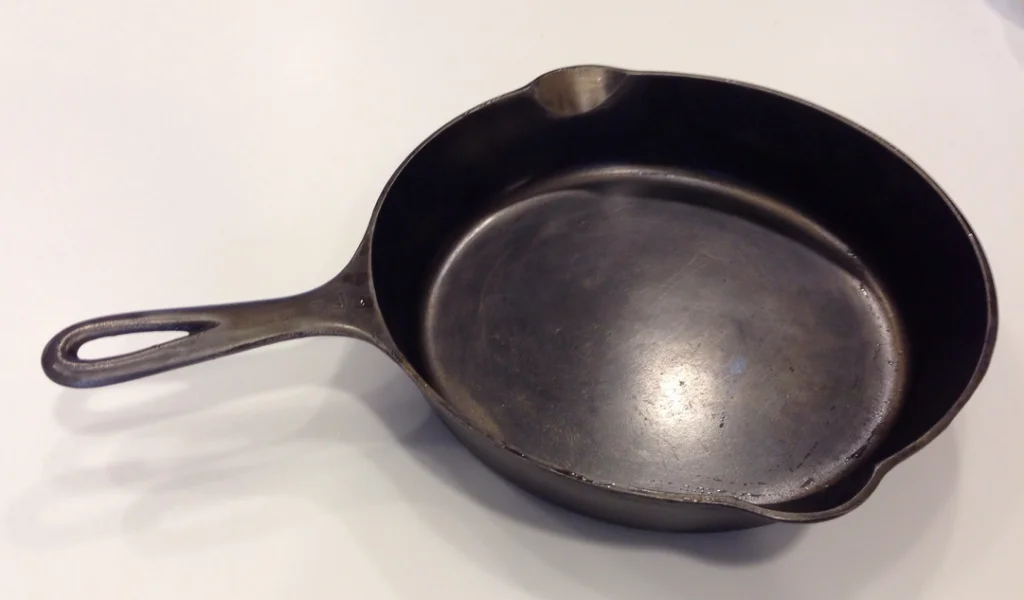
Before nonstick coatings and ceramic pans flooded the market, the trusty cast iron skillet was the go-to for just about everything. Once properly seasoned, it became naturally nonstick and could last for generations, unlike today’s pans that scratch and wear down. Cast iron also distributed heat evenly, making it perfect for frying, baking, and even slow cooking. If taken care of, these skillets only got better with age, while modern cookware often deteriorates in just a few years.
Today’s lightweight pans might seem more convenient, but they come with drawbacks, like warping and losing their coating. Many nonstick pans release chemicals when scratched, something that was never a concern with good old-fashioned cast iron. Cleaning might require a little extra effort, but it’s worth it when you know your pan won’t fall apart. There’s a reason many of us still have our grandmother’s cast iron skillet—because nothing else comes close.
2. Glass Butter Dishes
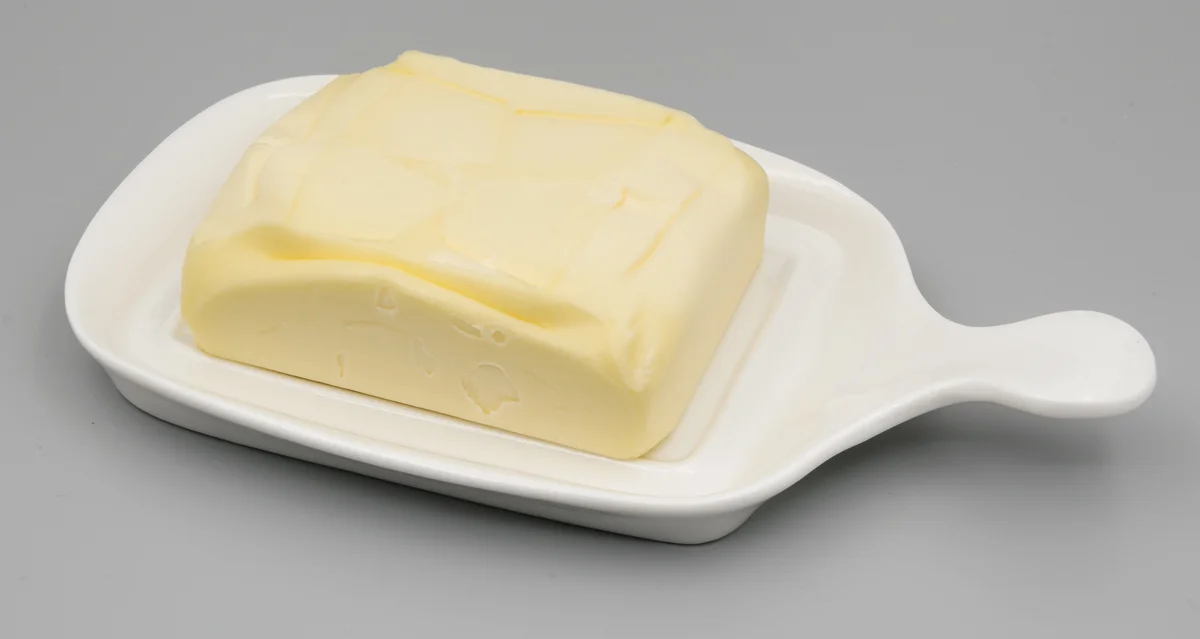
Butter was always within reach in a good old-fashioned glass butter dish, kept fresh without the need for unnecessary plastic lids or single-use packaging. These dishes had a classic elegance, often made of sturdy pressed glass or even depression-era glass with a bit of color. Unlike today’s disposable or flimsy plastic butter storage, these were built to last and easy to clean. Plus, they kept butter at just the right consistency for spreading—soft enough without melting into a mess.
Modern butter containers often trap too much moisture, leading to odd textures or even mold. Some are designed to be refrigerated only, making the butter too hard to use when you need it most. The simple glass butter dish was perfect, and it looked good sitting on the counter, ready for morning toast. No batteries, no gimmicks, just a reliable way to store butter the way it was meant to be.
3. Vintage Hand Mixers
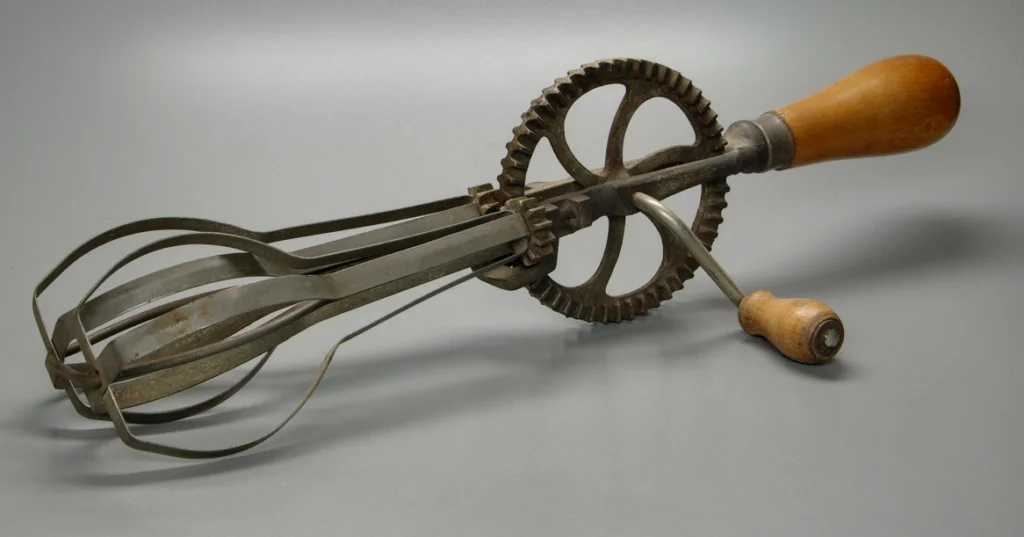
Electric stand mixers are all the rage now, but a good old hand-crank egg beater could get the job done just as well, without needing an outlet. These hand mixers were built with solid metal gears and could whip up eggs, pancake batter, or cake mix with ease. They didn’t take up precious counter space or require multiple attachments that always seem to go missing. Best of all, they never broke down—something that can’t be said for today’s pricey kitchen gadgets.
Modern electric mixers are bulky and often come with complicated settings that most of us don’t need. They’re also prone to motor failure, which means another expensive trip to the store when something goes wrong. The old-fashioned hand mixer gave you control and reliability, and there was something satisfying about cranking it yourself. Sometimes, simple is just better.
4. Pyrex Mixing Bowls
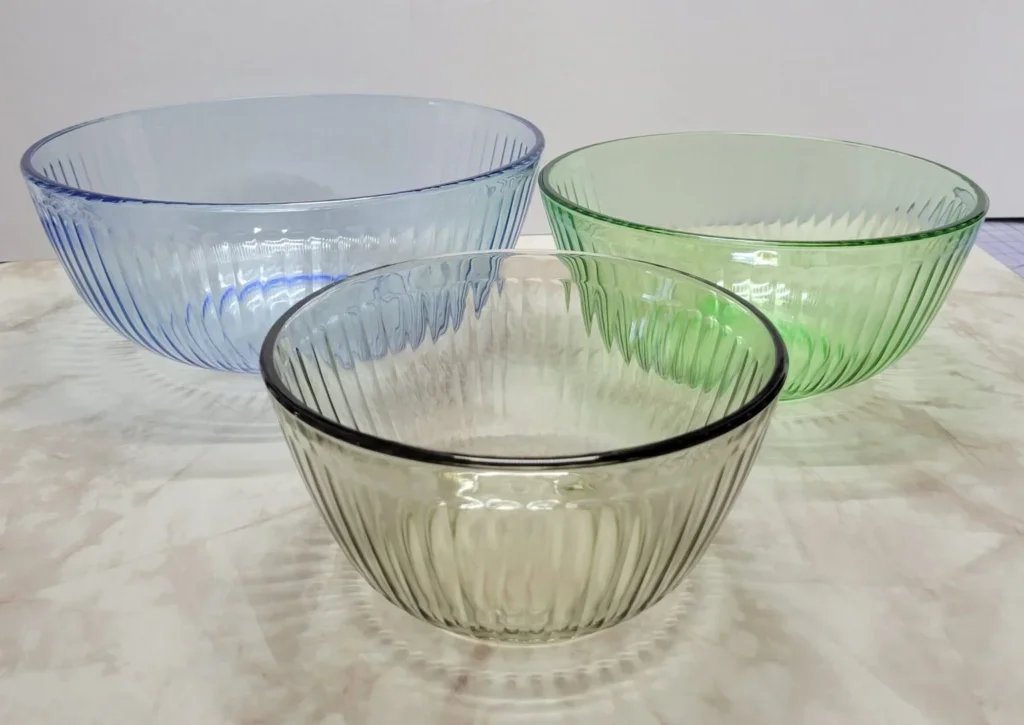
Once upon a time, every kitchen had a set of heavy-duty Pyrex mixing bowls, often in cheerful colors or classic clear glass. These bowls were nearly indestructible, resistant to stains, and perfect for everything from mixing cake batter to storing leftovers. Unlike today’s flimsy plastic bowls that stain and warp, Pyrex held up for decades and didn’t retain odors. Many of us still have a set passed down from family, proving just how well-made they were.
Nowadays, mixing bowls seem to be made thinner, and plastic ones often absorb whatever was in them last. Some newer glass bowls aren’t even as strong as the original Pyrex, shattering more easily than their vintage counterparts. The weight of those older bowls meant they stayed put while mixing, unlike lightweight versions that slide around the counter. If you ever come across an old set at a thrift store, snatch them up—they’ll outlast anything you can buy new.
5. Manual Coffee Percolators
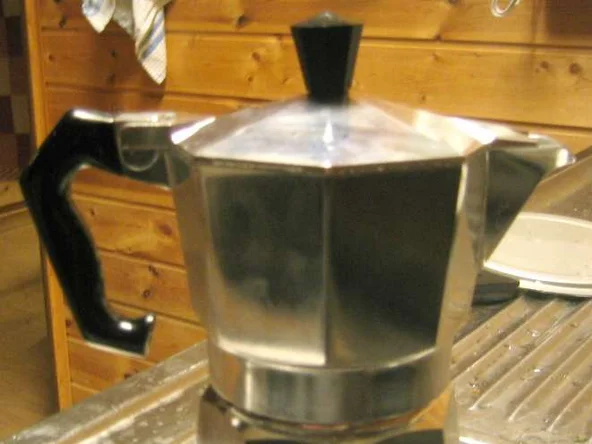
Coffee just tasted better when it was brewed in a classic percolator, bubbling away on the stovetop. These sturdy pots made rich, full-bodied coffee without the need for plastic pods or complicated machines. Unlike today’s drip coffee makers, percolators could last a lifetime with no need for constant replacements. Plus, there was something soothing about watching the coffee bubble up through the glass knob on top.
Modern coffee machines are often loaded with unnecessary buttons, breakable parts, and single-use filters that create waste. Pod-based coffee makers are convenient, but they don’t make coffee with the same depth of flavor. Percolators allowed you to control the strength of your brew and were easy to clean—no descaling required. If you’ve ever had coffee from a percolator, you know what modern machines are missing.
6. Metal Ice Cube Trays

Before plastic ice cube trays became the norm, we had sturdy metal trays with levers that cracked the ice free with a simple pull. These trays didn’t warp or crack like today’s plastic versions, and the ice was always crystal-clear and easy to remove. Unlike silicone trays that flop around or cheap plastic ones that snap, metal trays held their shape and lasted for years. There was no wrestling with a flimsy tray—just one quick pull, and you had ice.
Today’s ice cube trays often break or absorb freezer odors, making the ice taste off. Some modern refrigerators offer built-in ice makers, but they often jam or require costly repairs. The old-fashioned metal trays might be a little colder to the touch, but they worked every time. For anyone who remembers their satisfying clunk when releasing ice, plastic just doesn’t compare.
7. Wooden Rolling Pins
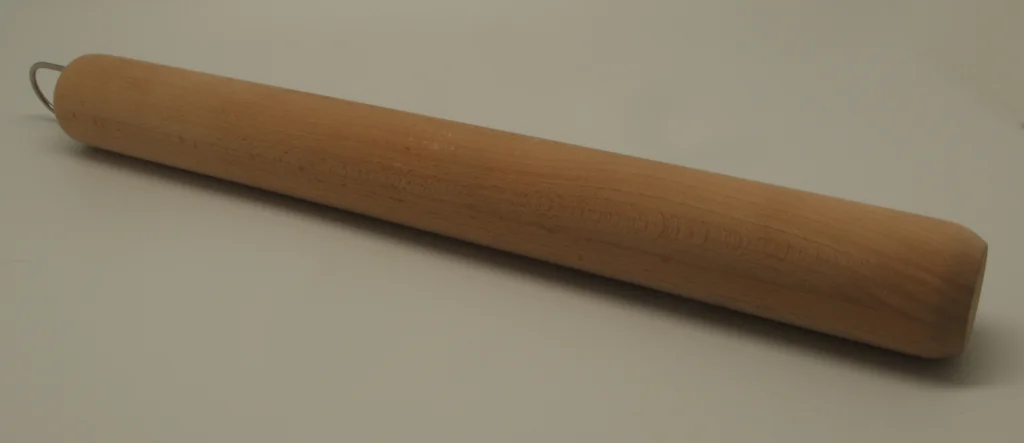
A sturdy wooden rolling pin was a kitchen staple, perfect for making biscuits, cookies, and pie crusts. Unlike modern silicone or plastic versions, wooden rolling pins had the perfect weight and feel, allowing for even rolling. They didn’t have fancy grips or complicated designs—just a smooth, solid surface that got the job done. And if they were taken care of properly, they lasted a lifetime.
Newer rolling pins often try too hard to reinvent the wheel, with handles that break or coatings that wear off. Some plastic ones even have trouble applying the right pressure, making dough stick rather than roll out smoothly. A good wooden rolling pin, seasoned with years of use, became an extension of the baker’s hands. The best pies, cookies, and doughs all started with one of these.
8. Mason Jars for Storage
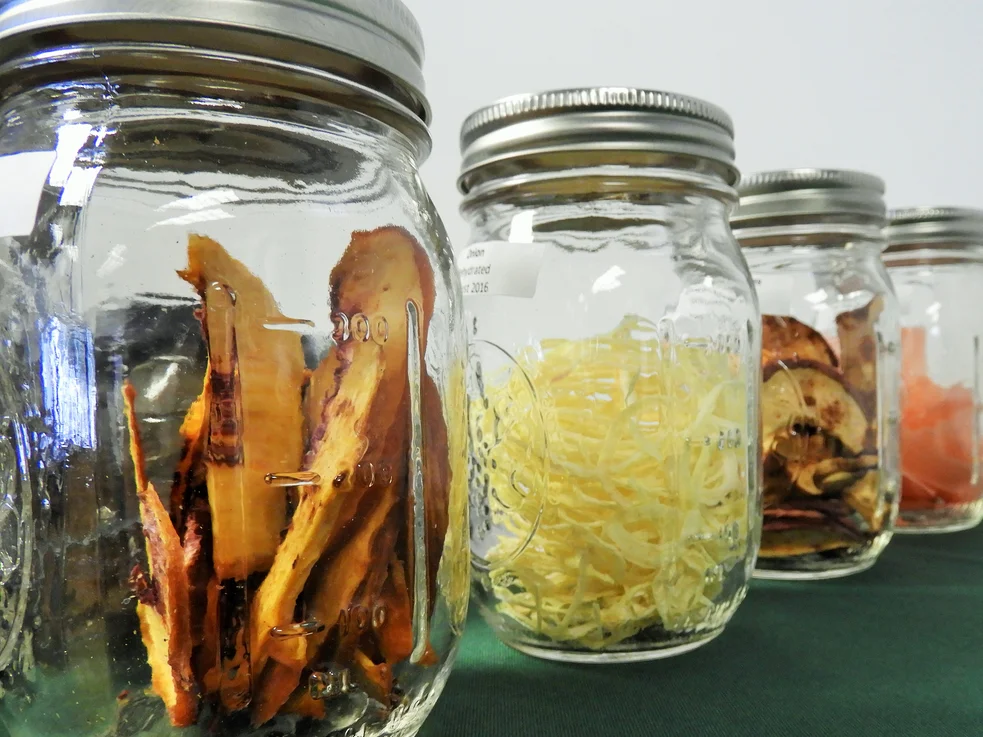
Before plastic food containers filled our cabinets, mason jars were the go-to for storing dry goods, leftovers, and homemade jams. These glass jars were airtight, easy to clean, and free from the chemicals that sometimes leach out of plastic containers. They didn’t stain, absorb odors, or warp in the dishwasher. Plus, they looked great lined up on the pantry shelf, keeping food fresh and organized.
Today’s plastic storage containers often degrade over time, leaving us with cracked lids and stained bottoms. Many modern containers come in so many different shapes and sizes that matching lids become a scavenger hunt. Mason jars, on the other hand, always fit their lids, and their glass construction made them far more durable. There’s a reason they’re still popular—because they work better than anything new.
9. Enamelware Stockpots
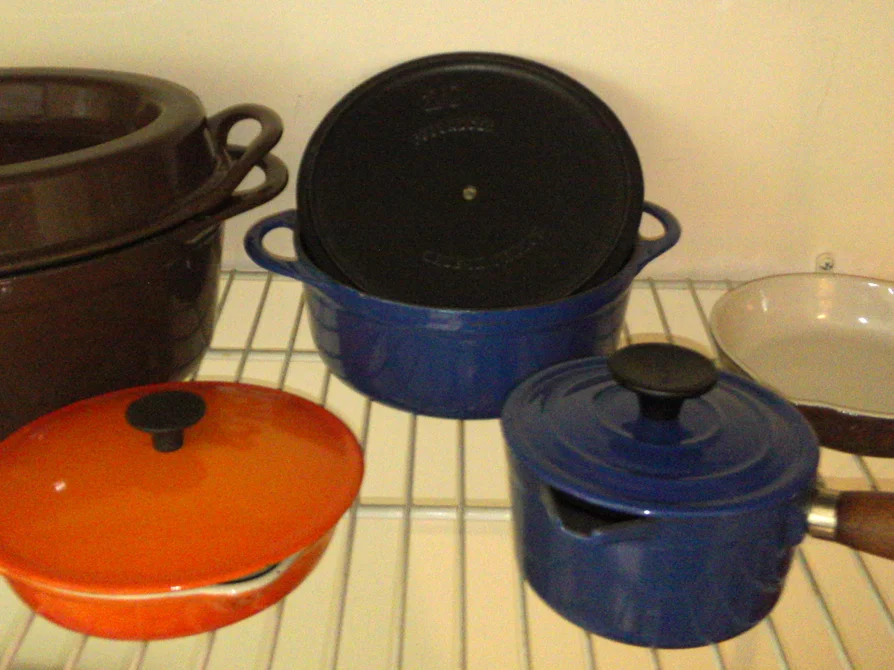
A good enamelware stockpot was a kitchen workhorse, perfect for simmering soups, stews, and canning. These pots were made of heavy-duty metal coated in a durable enamel finish, making them resistant to rust and stains. Unlike today’s thin stainless steel or aluminum pots that heat unevenly and warp over time, enamelware was built to last. Many of us remember the classic speckled blue or white enamel pots sitting on the stovetop, bubbling away with something delicious inside.
Modern cookware often boasts high-tech coatings and lightweight materials, but they don’t always hold up. Some nonstick coatings scratch easily, while cheap metal pots dent or warp under high heat. Enamelware could handle anything from boiling water to slow-cooking chili for hours, all without losing its charm. If you come across an old enamelware stockpot at a flea market, grab it—it’ll outlast most of the cookware on store shelves today.
10. Rotary Cheese Graters
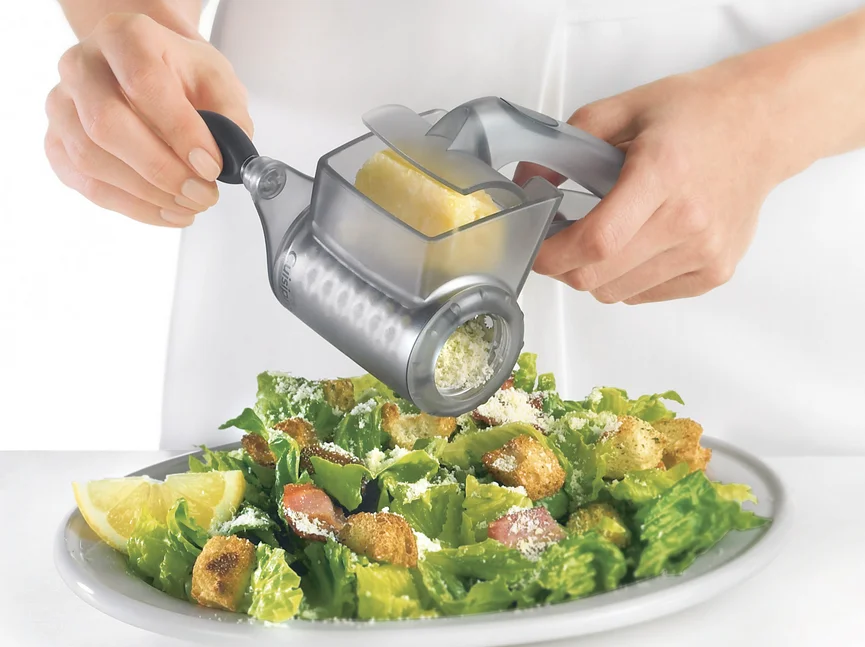
Before pre-shredded cheese became the norm, a good rotary cheese grater was a must-have in any kitchen. These handheld devices made grating cheese quick and easy, without the mess or knuckle-scraping risks of modern box graters. They were made of solid metal, with a simple rotating drum that shredded cheese, nuts, or even chocolate with ease. Unlike electric food processors, they didn’t require outlets, buttons, or multiple pieces to clean—just a crank and some elbow grease.
Today’s graters often come with plastic components that break, dull blades that struggle with harder cheeses, or designs that make them a pain to clean. Pre-shredded cheese might seem convenient, but it’s often coated with anti-caking agents that affect the texture and taste. A vintage rotary grater delivered fresh, fluffy cheese every time, and it lasted for decades without wearing out. Sometimes, the simplest tools are still the best.
11. Hand-Crank Can Openers
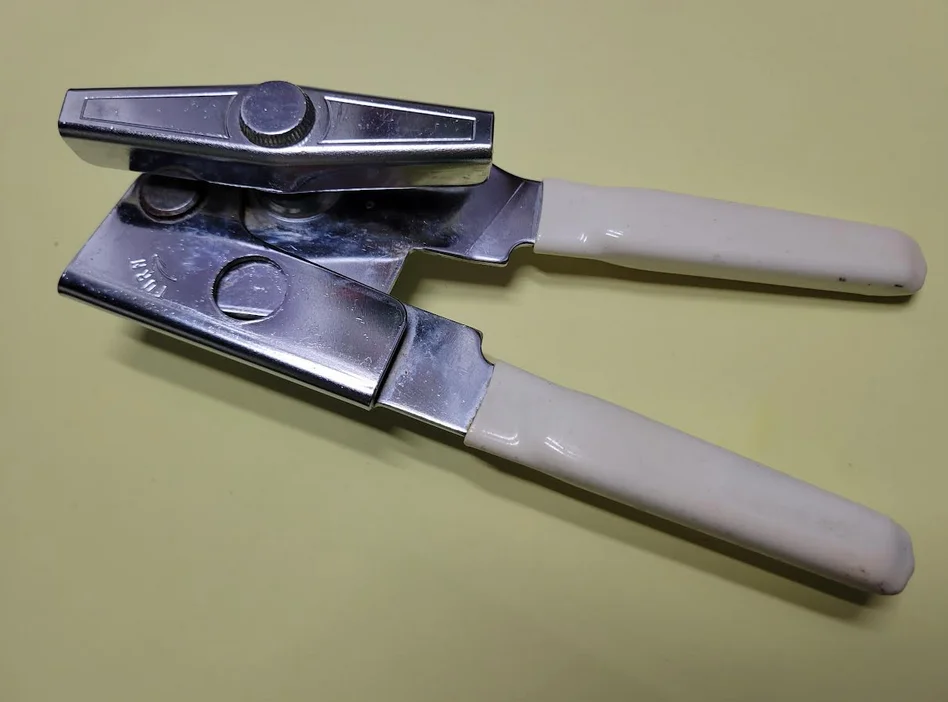
A well-made hand-crank can opener was once a kitchen necessity, cutting through lids with ease. These openers were made of solid metal, with sharp gears and sturdy handles that didn’t require batteries or electricity. Unlike today’s cheap plastic versions that struggle to latch onto cans or break within months, vintage can openers were practically indestructible. They worked every time, no fancy buttons or gimmicks needed.
Modern electric can openers may seem convenient, but they often take up counter space and are prone to breaking. Some handheld openers are so poorly made that they slip, bend, or require multiple attempts just to open a can. The old-fashioned crank-style can opener had none of those issues—it was reliable, compact, and easy to clean. If you still have one in your kitchen drawer, you know it’s better than anything new.
12. Aluminum Ice Cream Scoops
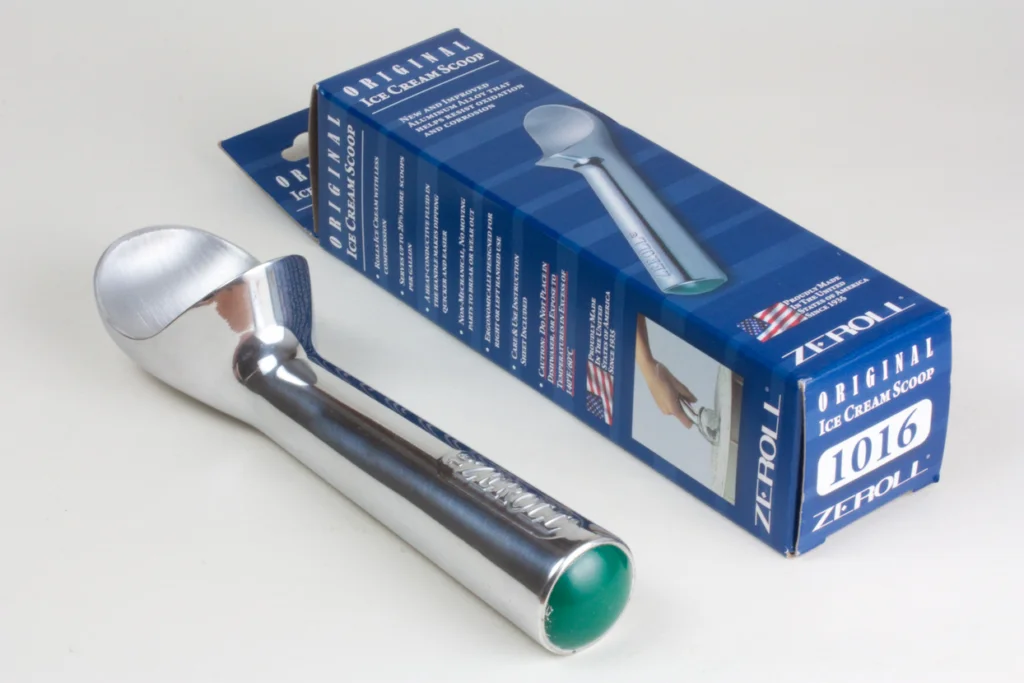
Nothing beat the feel of an old-fashioned aluminum ice cream scoop with its solid, sturdy design. These scoops were made to glide through even the hardest ice cream, thanks to their heat-conducting metal that softened the ice cream as it scooped. Unlike today’s plastic scoops that bend or break under pressure, these classic scoops were nearly indestructible. Many of them even had a satisfying heft, making serving up dessert feel like a true event.
Modern scoops often come with extra gimmicks, like trigger handles that jam or rubber grips that wear out over time. Some are made of flimsy materials that can’t handle frozen ice cream, leading to frustration and broken utensils. The simple aluminum scoop never had those problems—it worked perfectly every time and could last a lifetime. If you ever come across a vintage one, hold onto it—it’s far better than anything you’ll find in stores today.
There’s no denying that older kitchen tools were made with more care and durability than today’s disposable gadgets. Many of us still hold onto these vintage items because they’ve stood the test of time, unlike their modern replacements. From cast iron skillets to percolators, these kitchen essentials weren’t just functional—they were built to last. Maybe it’s time to dust off a few of these classics and bring them back into daily use.
This story 12 Retro Kitchen Items That Could Still Out-Chop, Out-Mix, and Outlast the Rest was first published on Takes Me Back.


